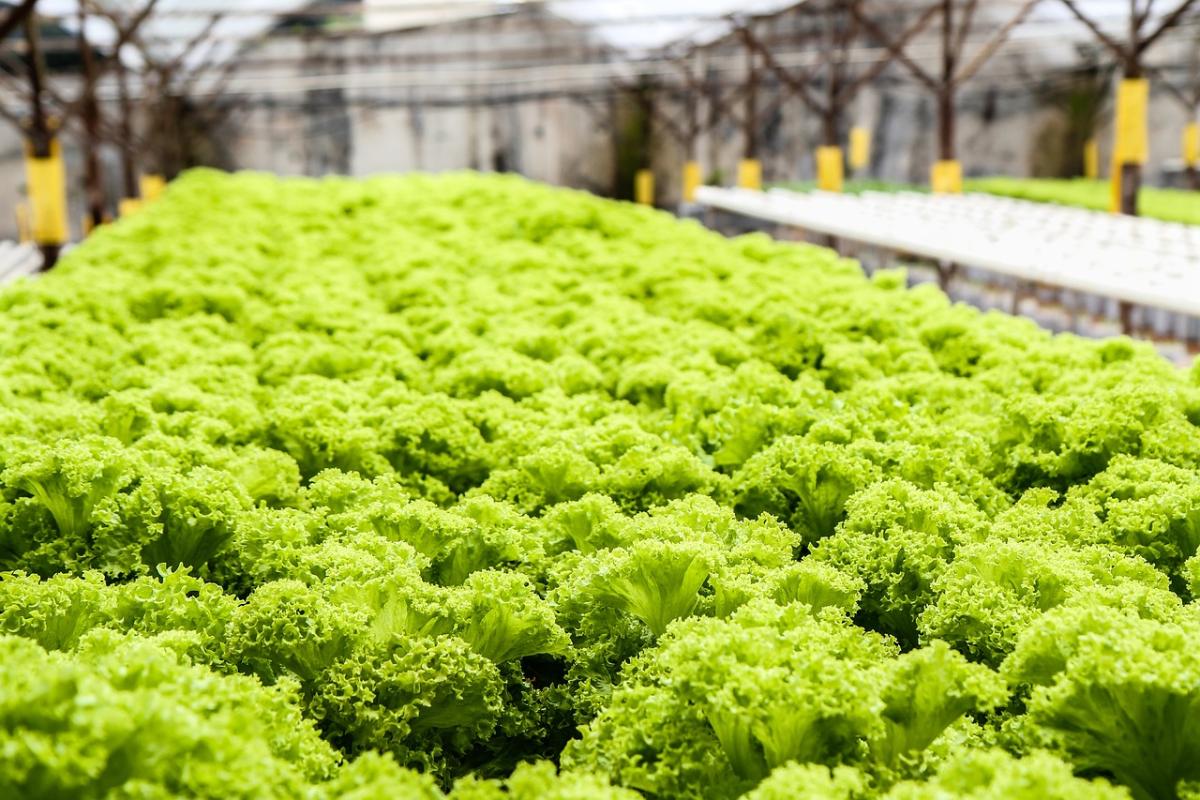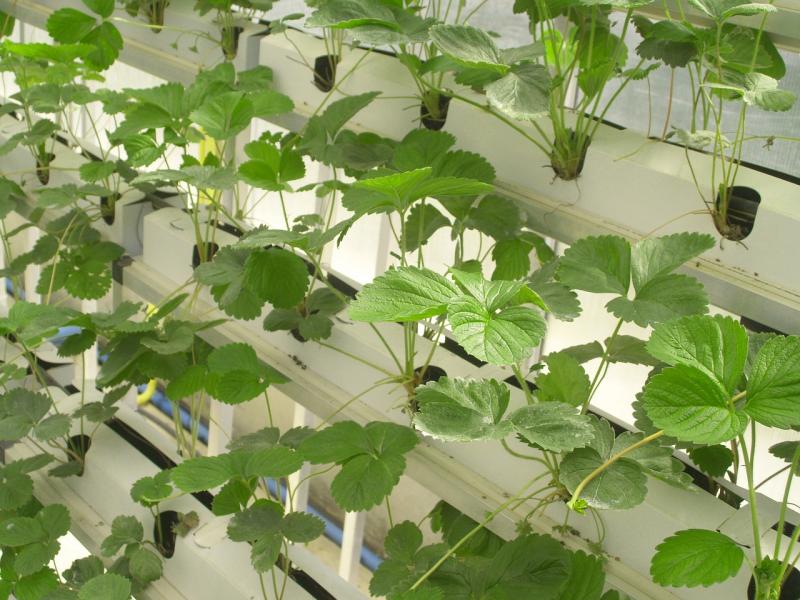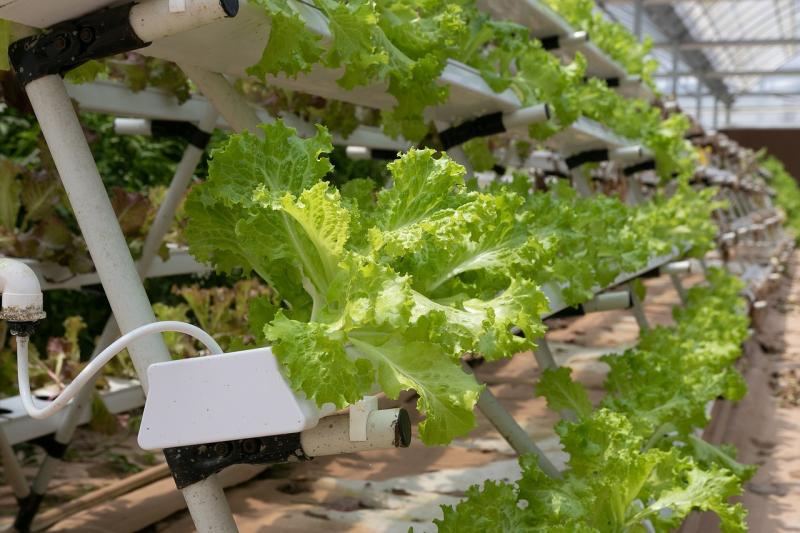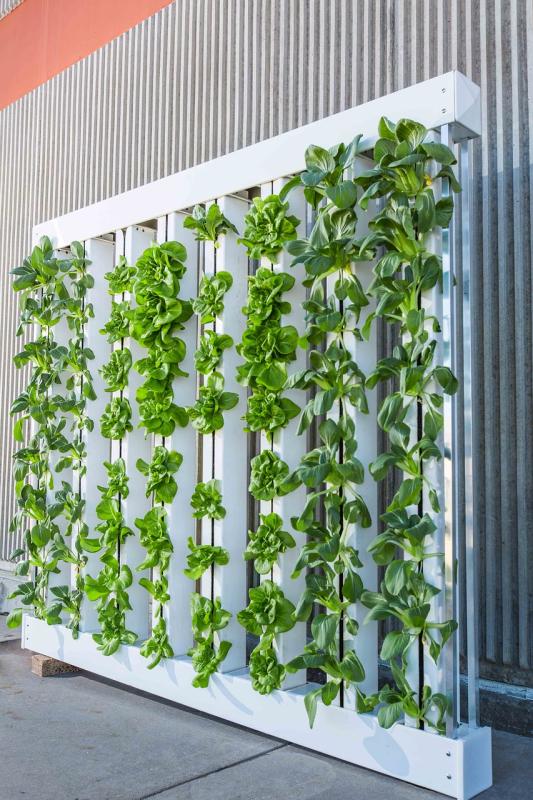Nutrient Film Technique (NFT): This system is great if you're short on space. It uses a thin film of nutrient-rich water that flows over the plant roots. It’s efficient and encourages healthy growth, but you’ll want to keep an eye on the water levels to make sure everything stays balanced.
Deep Water Culture (DWC): If you’re looking for something simple and hands-off, DWC might be your best friend. Plants sit in a nutrient solution with their roots submerged in water. Just make sure you have an air pump on hand to keep the oxygen flowing—your plants will love it!
When picking a system, consider how much time and effort you want to invest. Plus, think about the types of plants you want to grow and how much space you have. With the right choice, you’ll be well on your way to a thriving hydroponic garden!
Essential Equipment for Your Setup
If you're diving into hydroponics, having the right gear can make all the difference. Let's break down some essential equipment that will set you up for success. Think of this as your starter pack for growing fresh, vibrant plants without soil!
1. Grow Lights: Since plants need light to thrive, investing in good grow lights is a must. Look for LED lights; they last long and use less energy. They provide the right spectrum of light, helping your plants get the energy they need to grow strong.
2. Nutrient Solution: Hydroponics relies on nutrient solutions to provide plants with everything they need. These solutions come in various formulas tailored for different types of plants. Make sure to choose one that matches what you're planning to grow to ensure optimum growth.
3. Grow Medium: While you won’t be using soil, you’ll still need a growing medium. Options like coconut coir, rock wool, or clay pellets can provide support and aeration for your plants. Choose one that fits your setup and the specific needs of your plants.
4. Water Pump and Air Pump: A water pump is essential for circulating the nutrient solution through your system. An air pump helps oxygenate the water, ensuring your plants get the air they need to flourish. Make sure these pumps are reliable and rated for your system size.
Investing in these essential pieces will help create a thriving hydroponic system. Each item plays a key role in keeping your plants healthy and productive. Happy growing!
Nutrient Solutions for Healthy Plants
When it comes to growing healthy plants in your hydroponic system, the right nutrients are key. Unlike traditional soil gardening, hydroponic systems rely entirely on nutrient solutions to feed your plants. This means you’ll need a good understanding of what nutrients your plants require to thrive.
Most plants need three primary nutrients: nitrogen, phosphorus, and potassium. You'll also want to include secondary nutrients like calcium, magnesium, and sulfur, plus trace elements such as iron, manganese, and zinc. Using a well-balanced nutrient mix ensures that your plants have everything they need in the right amounts.
There are plenty of nutrient solutions available on the market, ranging from pre-mixed options to individual components. For beginners, a pre-mixed nutrient solution can be a lifesaver. Just mix it with water according to the instructions, and you’re good to go! If you’re feeling adventurous, you can experiment by combining different nutrients to find what works best for your specific plants.
Don't forget to check the pH level of your nutrient solution! Most plants prefer a pH between 5.5 and 6.5. Keeping an eye on this will help your plants absorb nutrients more effectively. You can use pH test kits or digital meters to keep track. And remember, it’s okay to adjust nutrients as your plants grow. They might need more or less of certain nutrients depending on their growth stage.
Finally, always keep an eye on your plants for any signs of deficiency or excess. Yellowing leaves, stunted growth, or burning tips can all mean you might need to tweak your nutrient solution. With some practice and observation, you'll find the perfect balance that leads to lush, healthy plants!
Tips for Successful Hydroponic Gardening
Hydroponic gardening can be a rewarding journey, especially when you see your plants thrive. Here are some tips to make your experience successful!
1. Choose the Right Plants: Not all plants are created equal in hydroponics. Beginners might want to start with easier options like lettuce, herbs, or spinach. These plants tend to grow faster and are more forgiving, which can build your confidence as you get started.
2. Maintain Balanced Nutrients: One of the biggest challenges in hydroponics is getting the nutrient mix just right. Look for nutrient solutions specifically designed for hydroponic systems and follow the instructions to avoid over or under-feeding your plants. Regularly check the pH levels of your water too—aim for around 5.5 to 6.5 for optimal growth.
3. Keep an Eye on Light and Temperature: Light is everything for plant growth. If you’re using grow lights, ensure they’re positioned at the right height for your plants and mimic the natural light cycle. Temperature matters too! Most plants thrive between 65°F to 75°F during the day, so try to maintain that range.
4. Monitor for Pests and Diseases: Even in a controlled environment, pests can sneak in. Regularly inspect your plants and remove any dead leaves or debris. A simple spray of neem oil can help keep pests at bay without harming your plants.



